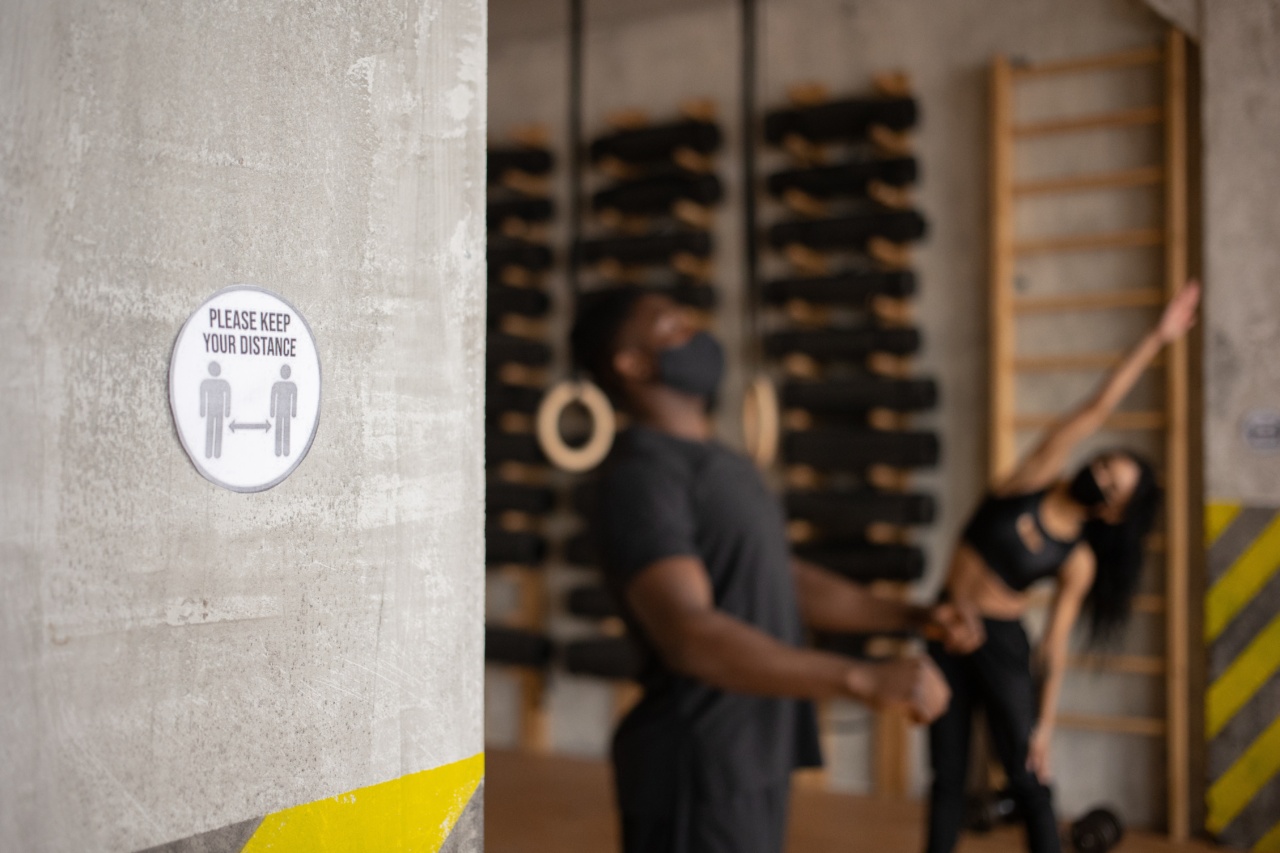Your knees play a vital role in your everyday movements, allowing you to walk, run, jump, and perform various activities. Keeping your knees in top-notch condition is essential for maintaining an active and healthy lifestyle.
However, knee injuries are quite common, especially among athletes and individuals who engage in high-impact activities. Fortunately, there are several tips and exercises you can incorporate into your routine to protect your knees from injury.
1. Maintain a Healthy Weight
One of the most effective ways to protect your knees is to maintain a healthy weight. Excess weight puts additional stress on your joints, including your knees.
Obesity increases the risk of developing knee osteoarthritis, a degenerative joint disease that can cause pain, stiffness, and difficulty in mobility. By shedding extra pounds, you can reduce the strain on your knees, preventing long-term damage.
2. Warm Up and Stretch
Prior to engaging in any physical activity, it is crucial to warm up your body and stretch your muscles. Warming up increases blood flow to your muscles and prepares them for the upcoming activity.
Additionally, stretching helps improve flexibility and reduces the chances of muscle strain or stress on your knee joints.
3. Wear Appropriate Footwear
The shoes you wear can have a significant impact on the health of your knees. Opt for footwear that provides proper support and cushioning, particularly if you engage in activities that involve jumping or running.
Good-quality athletic shoes can absorb shock and reduce the stress on your knees while providing stability and preventing excessive rolling or twisting of your ankles.
4. Strengthen Your Leg Muscles
Strong leg muscles, such as quadriceps and hamstrings, are crucial for knee stability. Incorporate exercises that target these muscles into your fitness routine.
Leg presses, lunges, squats, and step-ups are excellent choices to strengthen your leg muscles. Working on your leg strength helps maintain proper alignment and reduces the risk of knee injuries.
5. Engage in Low-Impact Activities
High-impact activities, such as running or jumping, can put substantial stress on your knees. Consider incorporating low-impact exercises into your routine, such as swimming, cycling, or using an elliptical machine.
These activities provide cardiovascular benefits without placing excessive strain on your knees.
6. Practice Proper Technique
Whether you are playing a sport or performing any activity involving your knees, it is crucial to use proper technique. Incorrect form and movements can lead to unnecessary strain on your knee joints.
If you are unsure about the proper technique, seek guidance from a qualified trainer or coach who can help you learn the correct form and reduce the risk of injury.
7. Take Breaks and Rest
While regular exercise is important, it is equally essential to allow your body time to rest and recover. Overuse can lead to various injuries, including those affecting your knees.
Listen to your body and ensure you have sufficient rest days in your exercise routine. Additionally, take breaks during prolonged periods of standing, walking, or repetitive movements to give your knees a break.
8. Use Knee Braces or Supports
If you have a history of knee problems or are involved in activities that may put excessive stress on your knees, consider using knee braces or supports.
These can provide additional stability and support to your knee joints, reducing the risk of injury. Consult with a healthcare professional to determine if a knee brace or support would be beneficial for your specific needs.
9. Gradually Increase Intensity
If you are starting a new exercise program or increasing the intensity of your current routine, it is important to do so gradually. Sudden changes in intensity can overwhelm your joints, including your knees, leading to injuries.
Gradually increasing the intensity allows your body to adapt and become stronger, reducing the chances of experiencing knee-related issues.
10. Listen to Your Body
Above all, it is crucial to listen to your body and pay attention to any signs of discomfort or pain. Pushing through pain can exacerbate existing knee issues or lead to new injuries.
If you experience persistent knee pain, swelling, or instability, it is essential to seek medical advice from a healthcare professional who can provide an accurate diagnosis and recommend appropriate treatment options.




























